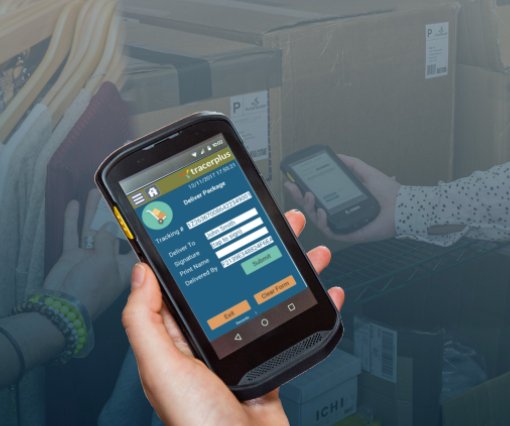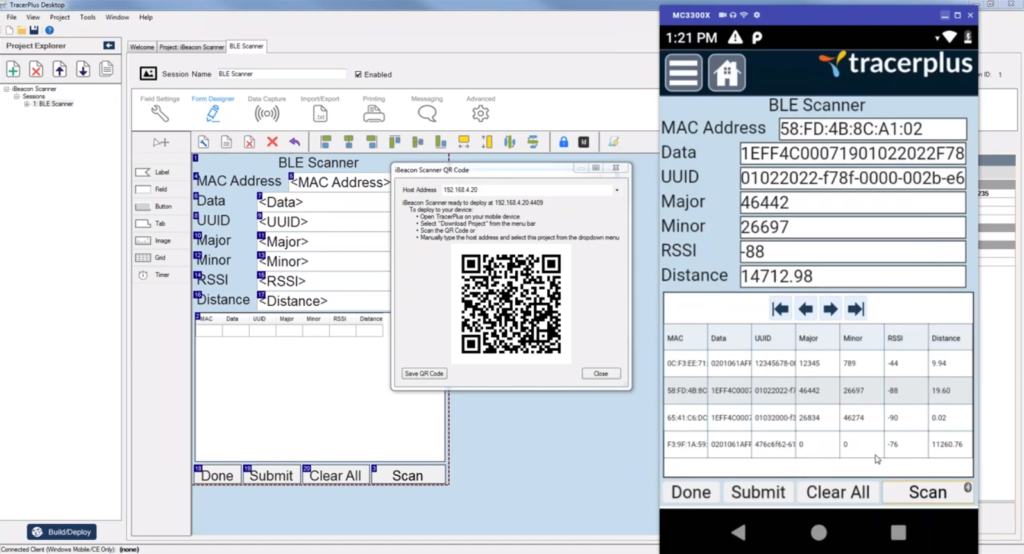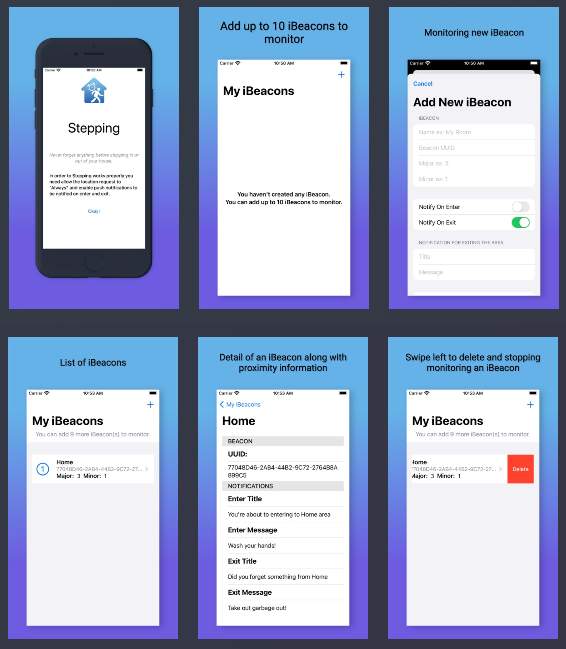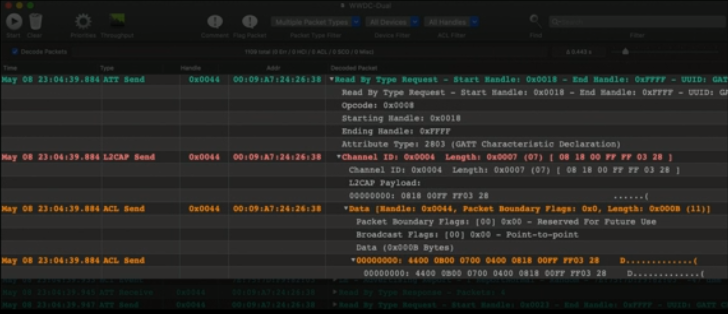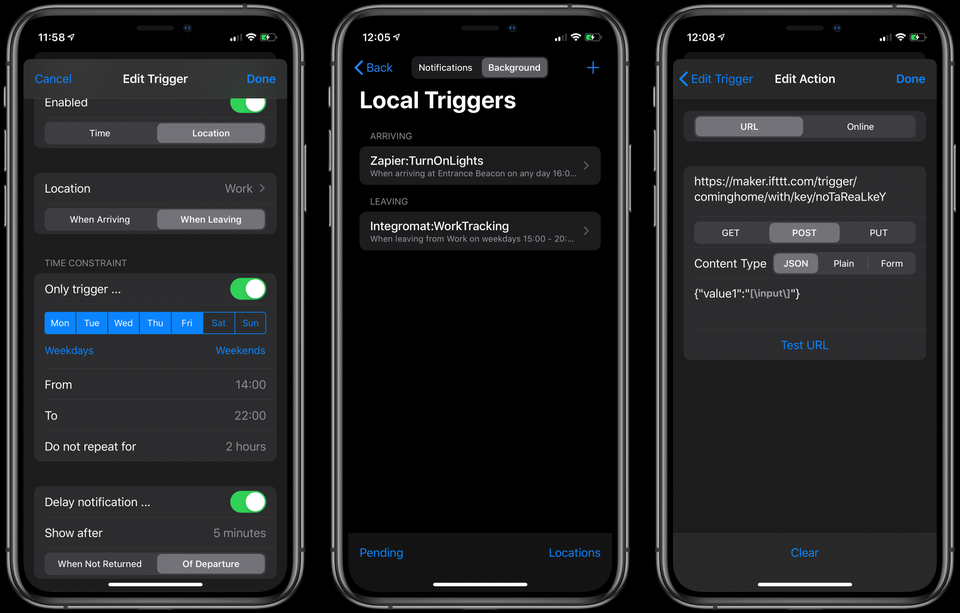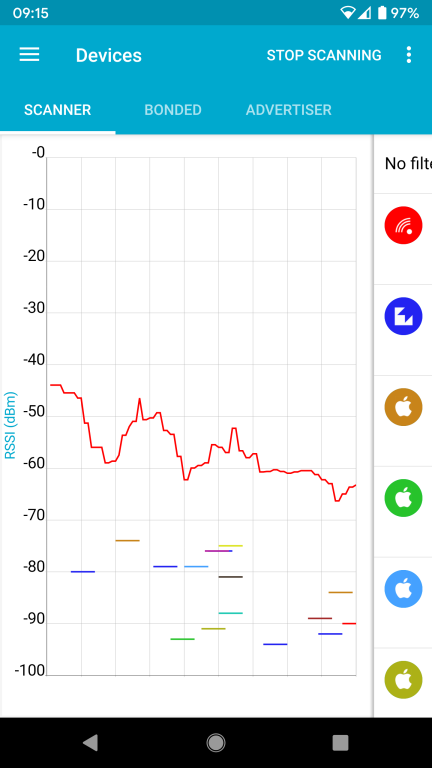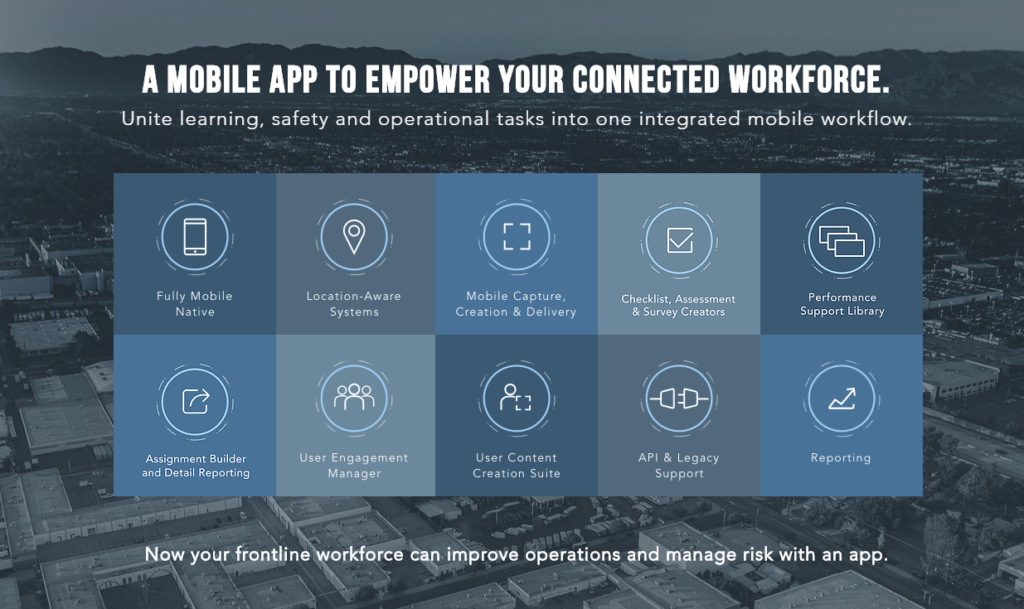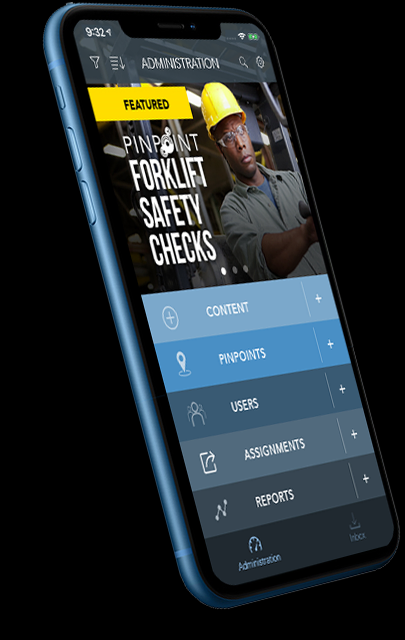A new version of Nordic Semiconductor’s Android BLE library has been released. Nordic is the manufacturer of the system on a chip (SoC) inside some Bluetooth devices. Connecting to these devices, as opposed to just scanning for their advertising data, can be very tricky and there are lots of different ways of doing things depending on the Android version and workarounds based on specific situations. Nordic’s Android library aims to solve these problems and claims it “makes working with Bluetooth LE on Android a pleasure”. The library uses standard Bluetooth and hence works for all Android Bluetooth development, not just Nordic’s devices.
The new Android BLE Library v2.2.0 adds GATT server support and tidies up the callback mechanism. GATT server is where the Android device itself can be connected to from another device as opposed to Android initiating the connection. Note that this library is all about Bluetooth GATT connections. Connections are rare in the BLE World as most information is obtained through non-connected scanning for Bluetooth advertising. Connections tend to be used for settings or where you need higher or larger throughput than advertising can provide.
Note that the library doesn’t include scanning which is required before you can connect. Nordic provides a separate scanning library.
Also be aware that these libraries are relatively large. When we used them they took us over the Android 64K method limit thus complicating development slightly. Also, the later versions have dependencies on AndroidX. Finally, while the libraries hide the complications of Android development, this can be good and bad. When problems happen, as they always do with Bluetooth GATT, if you didn’t write the workarounds in the first place, debugging and fixing can be difficult.
